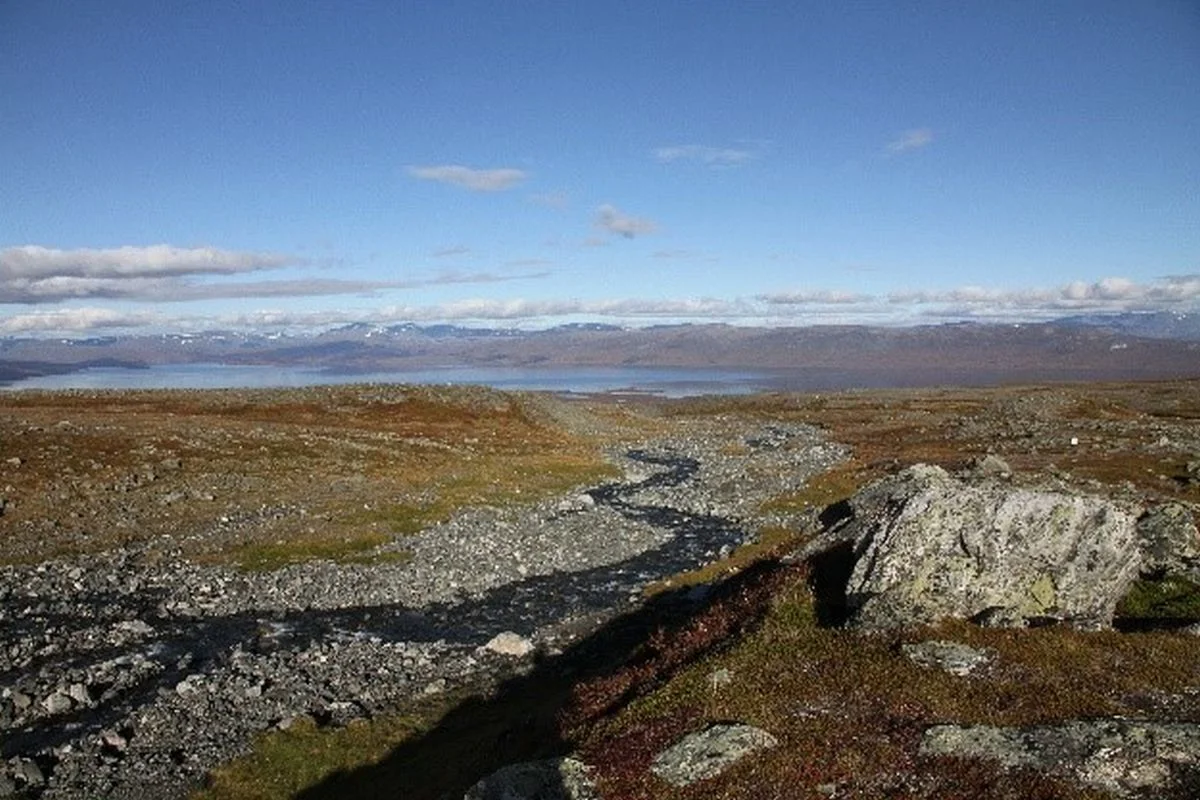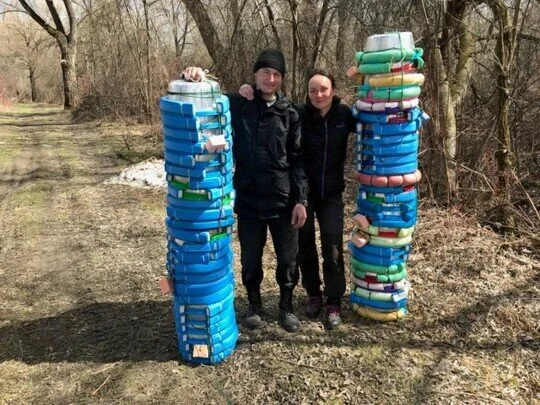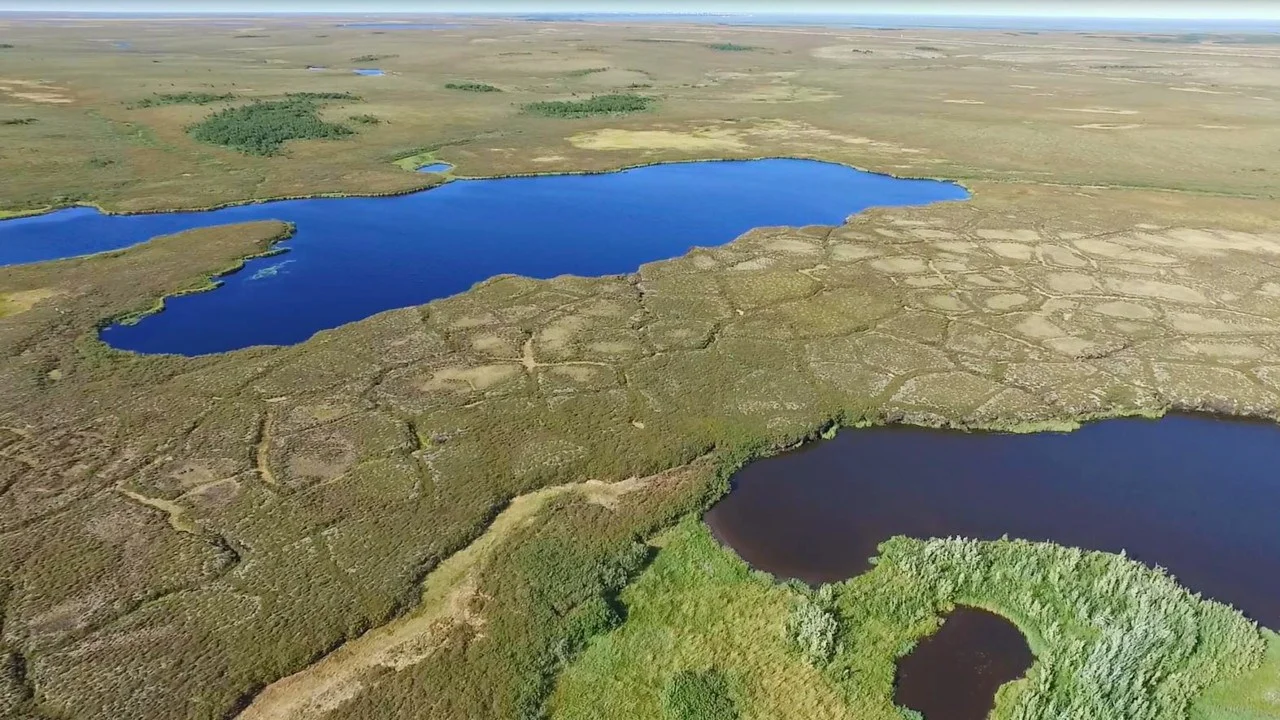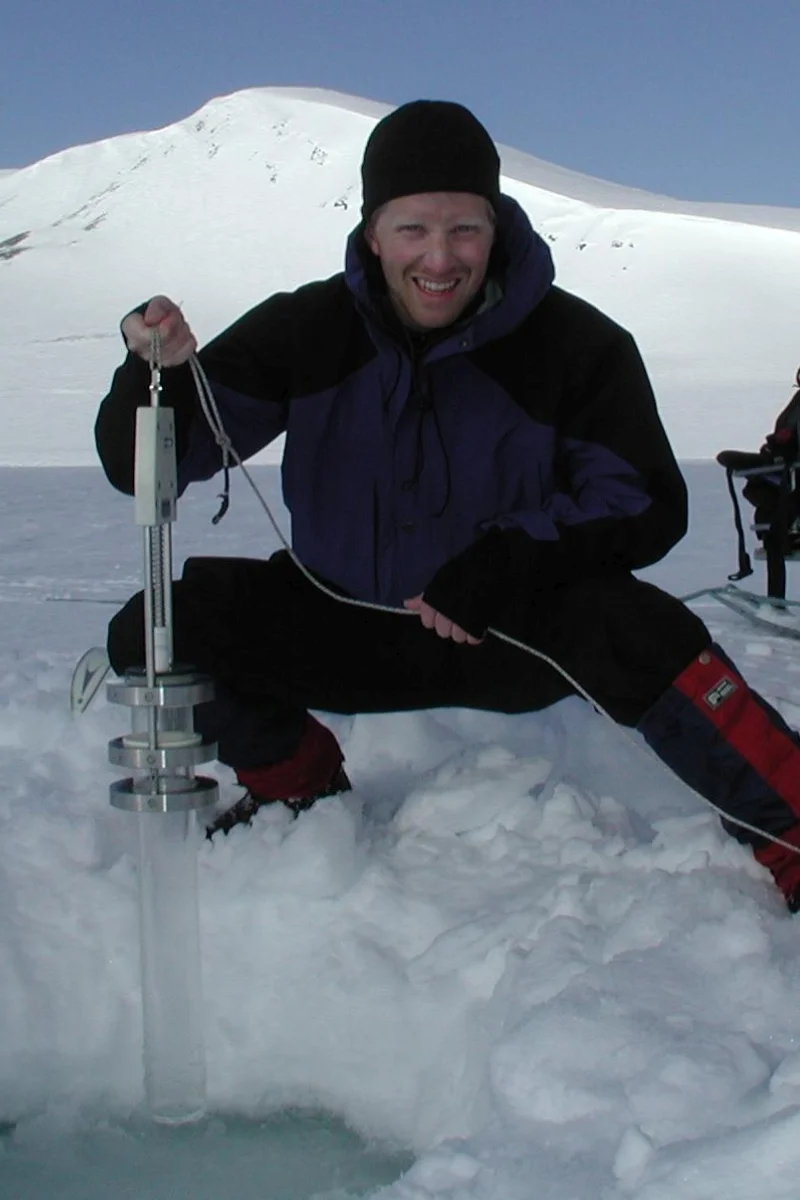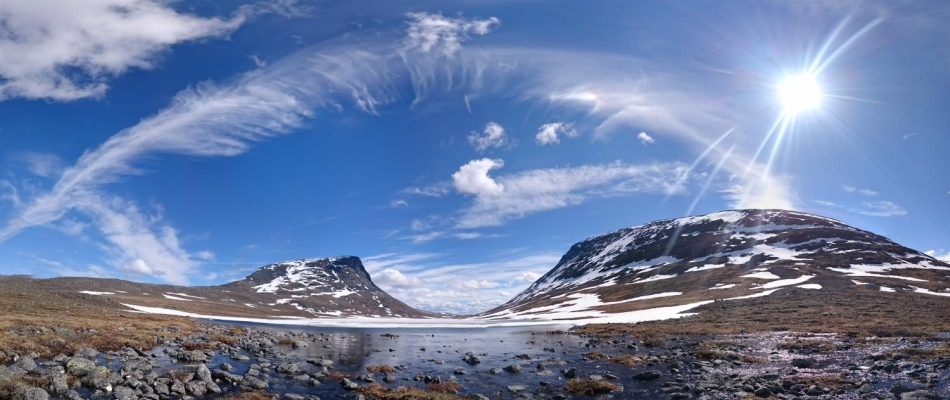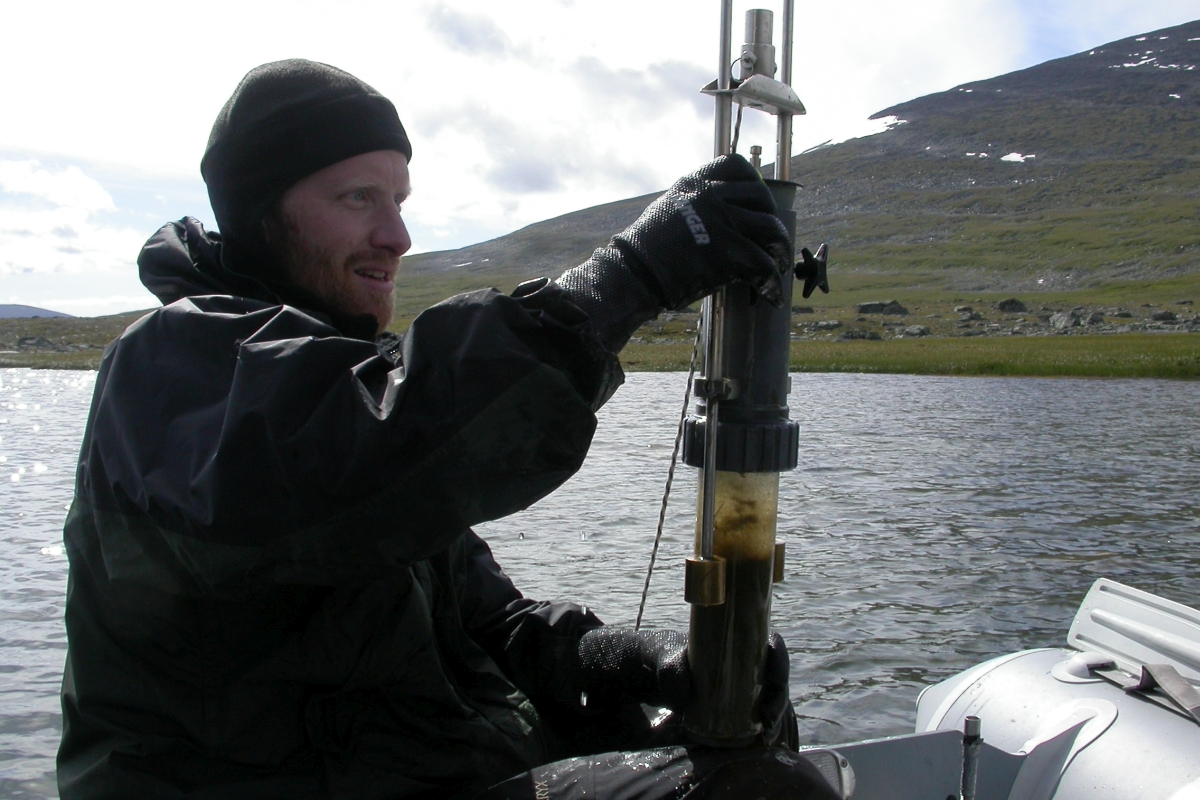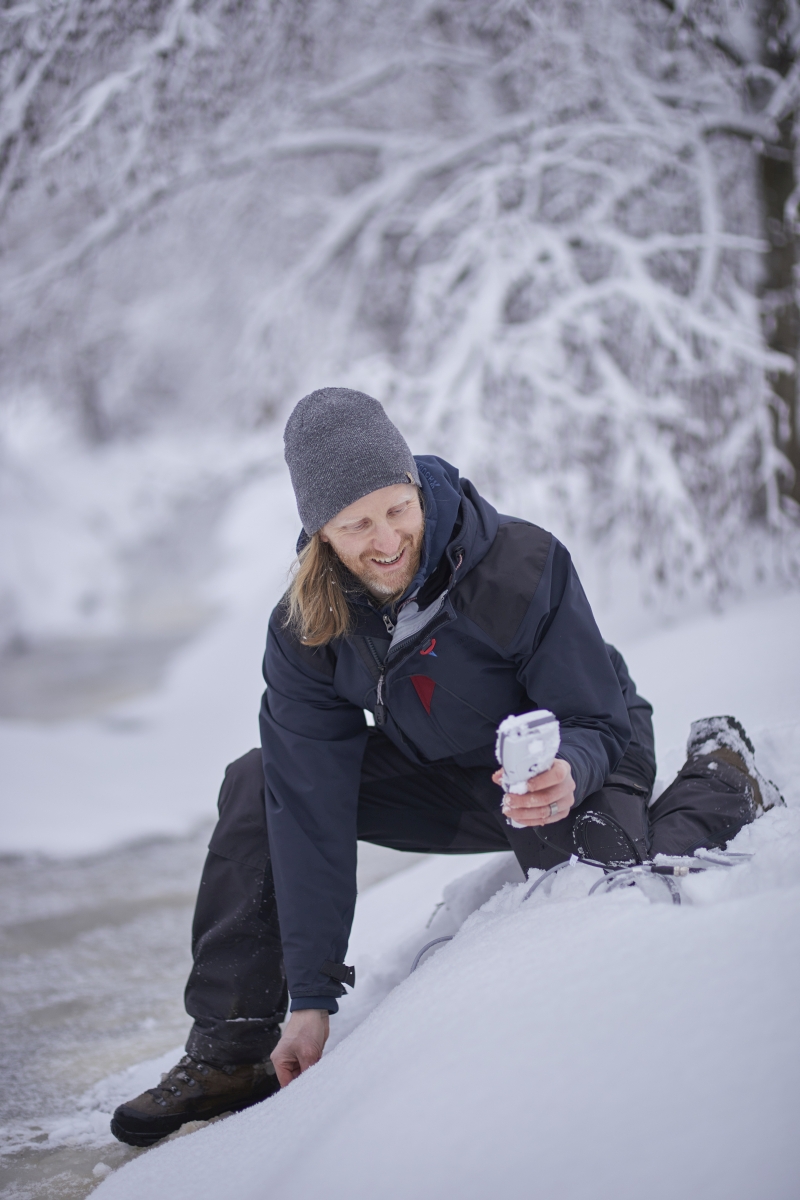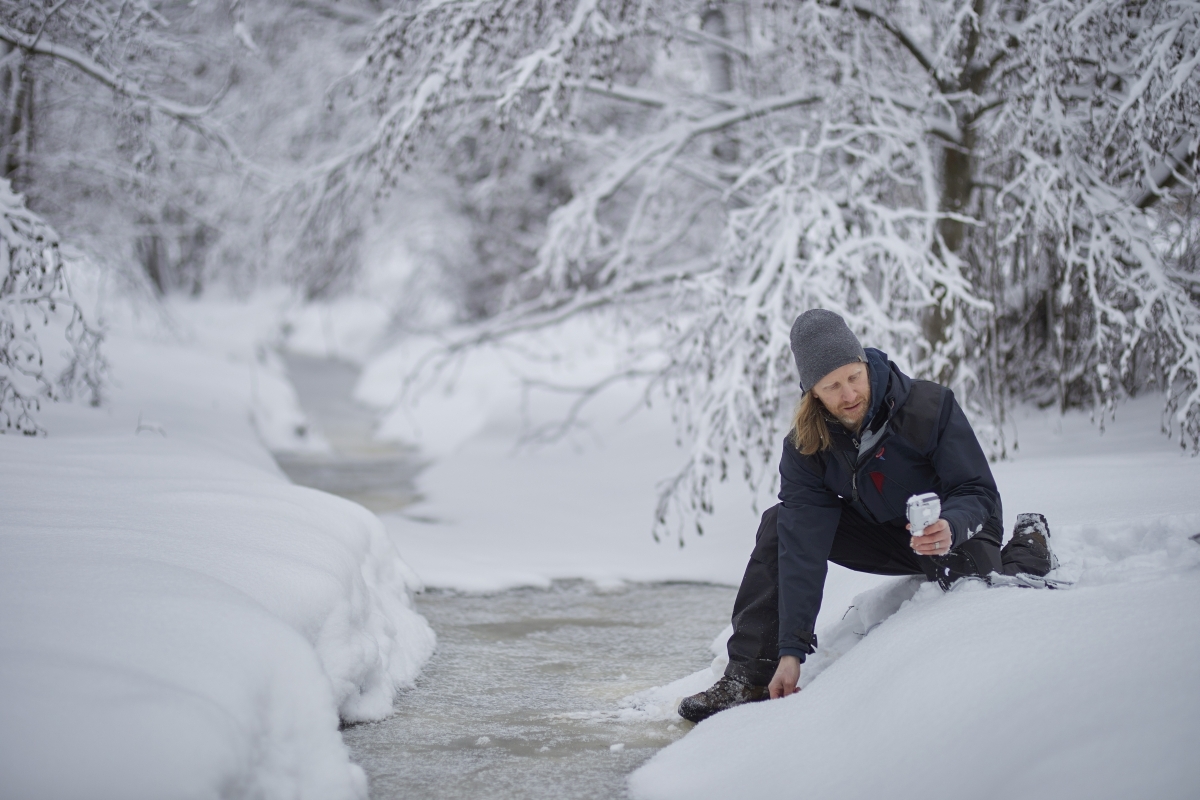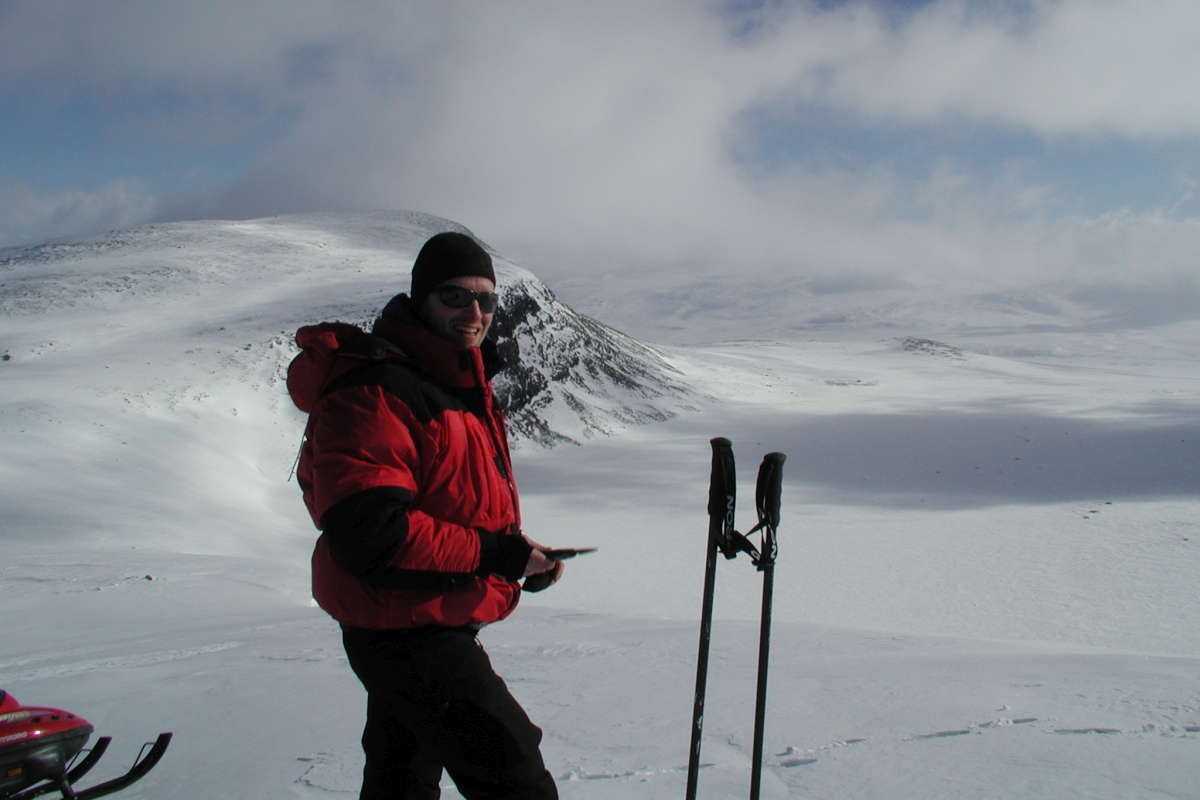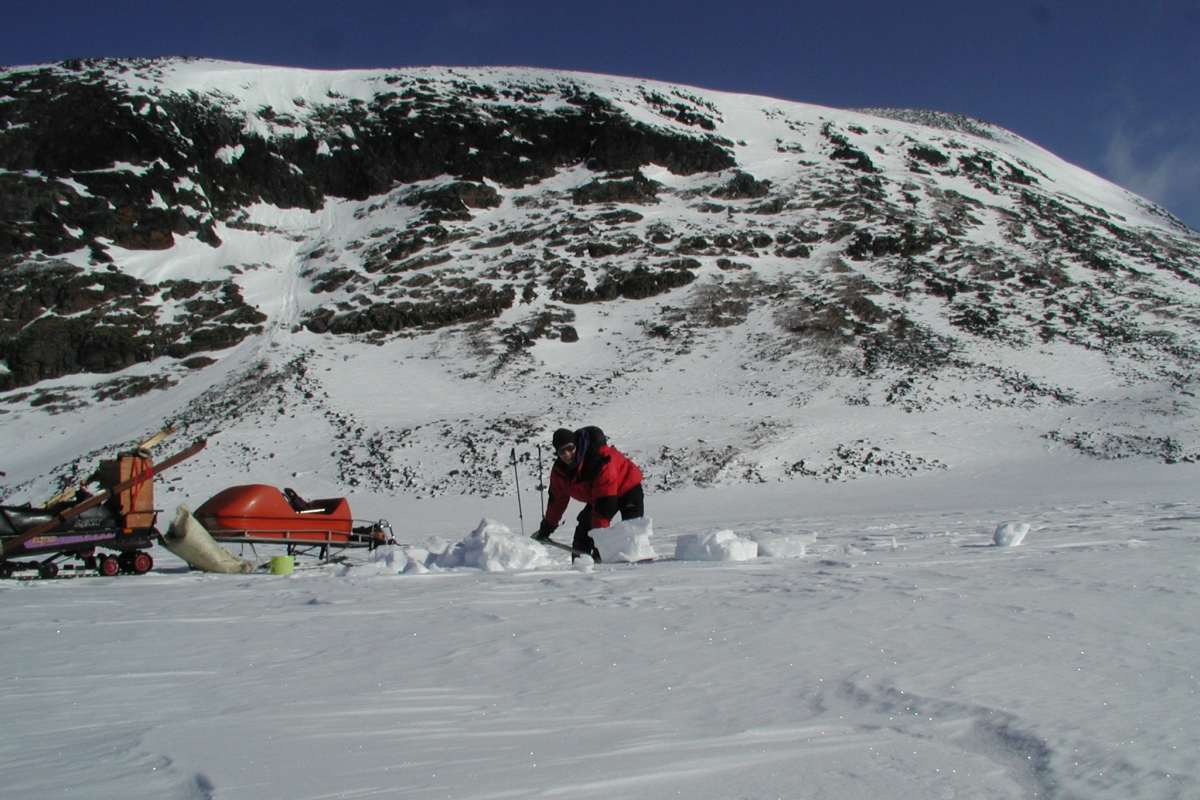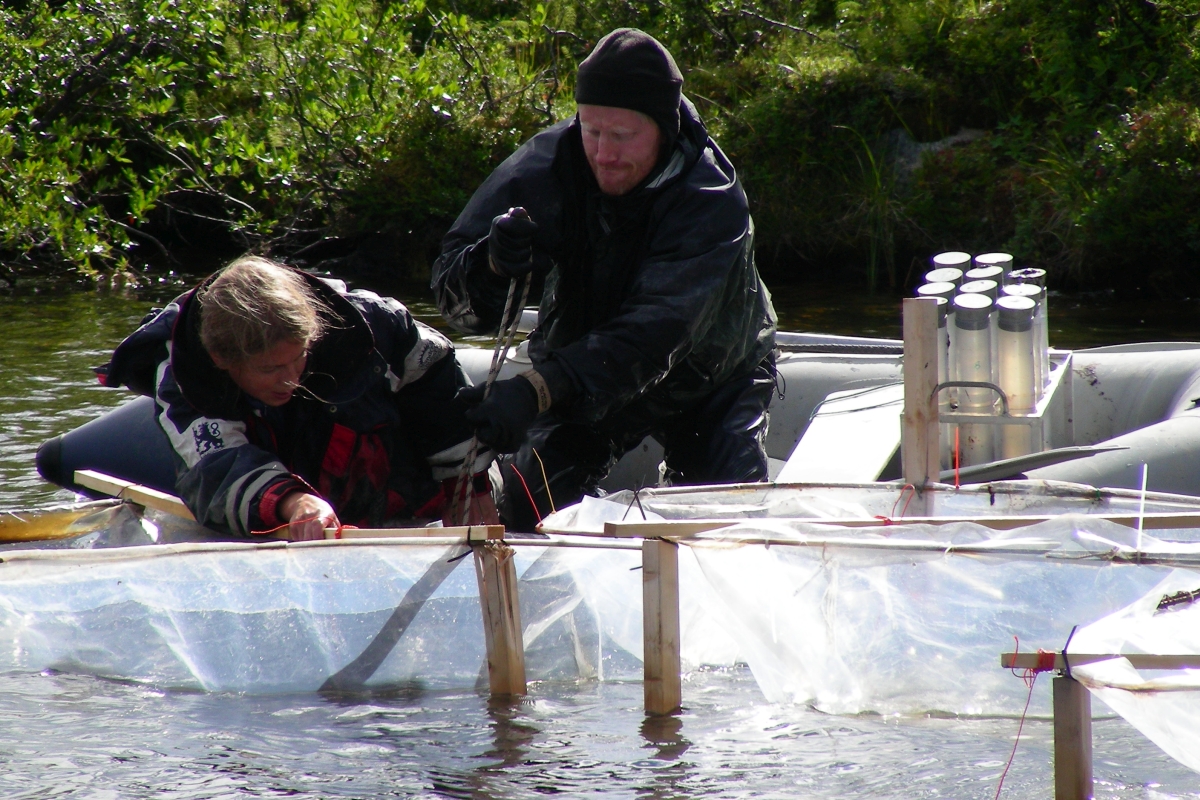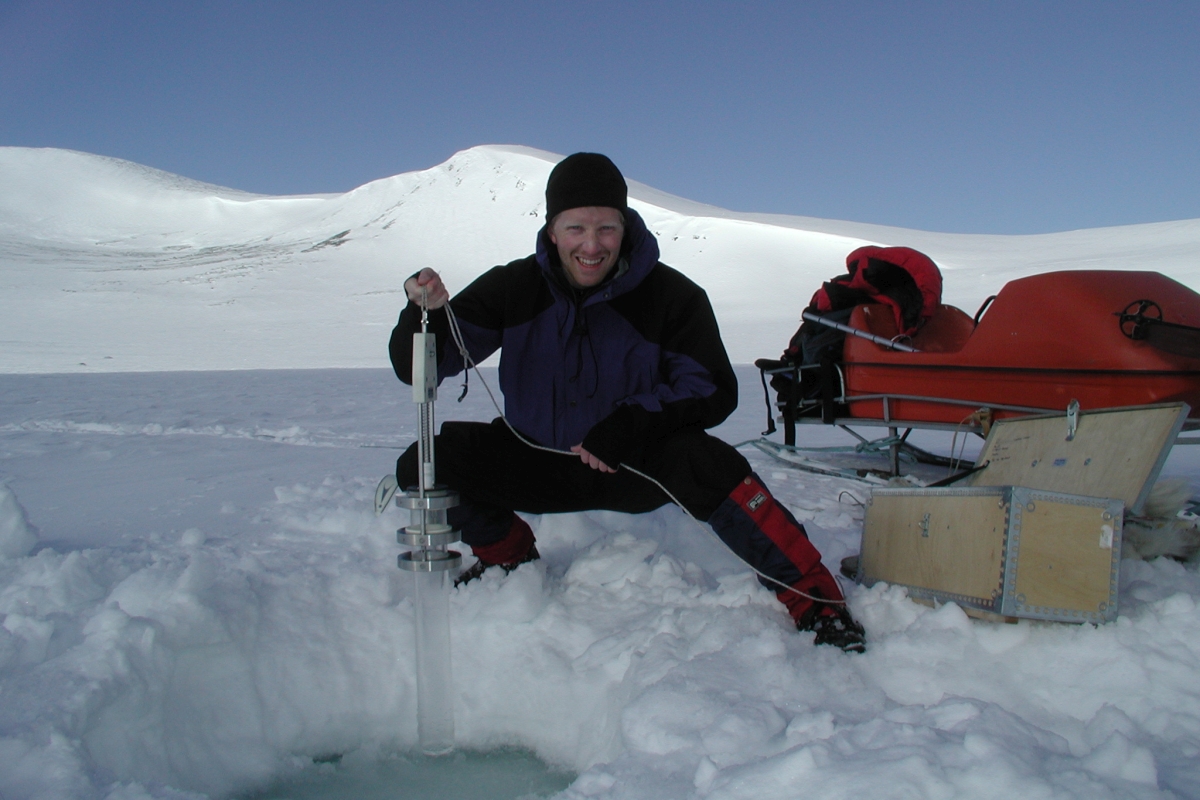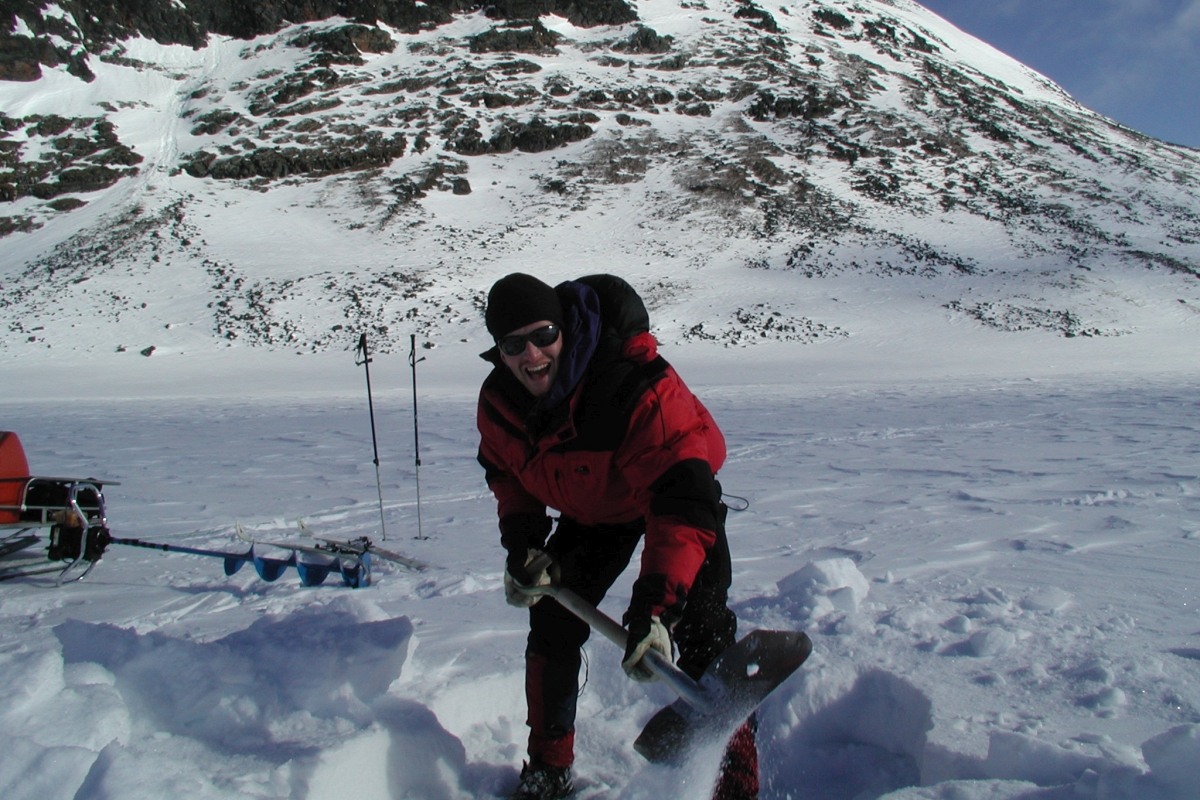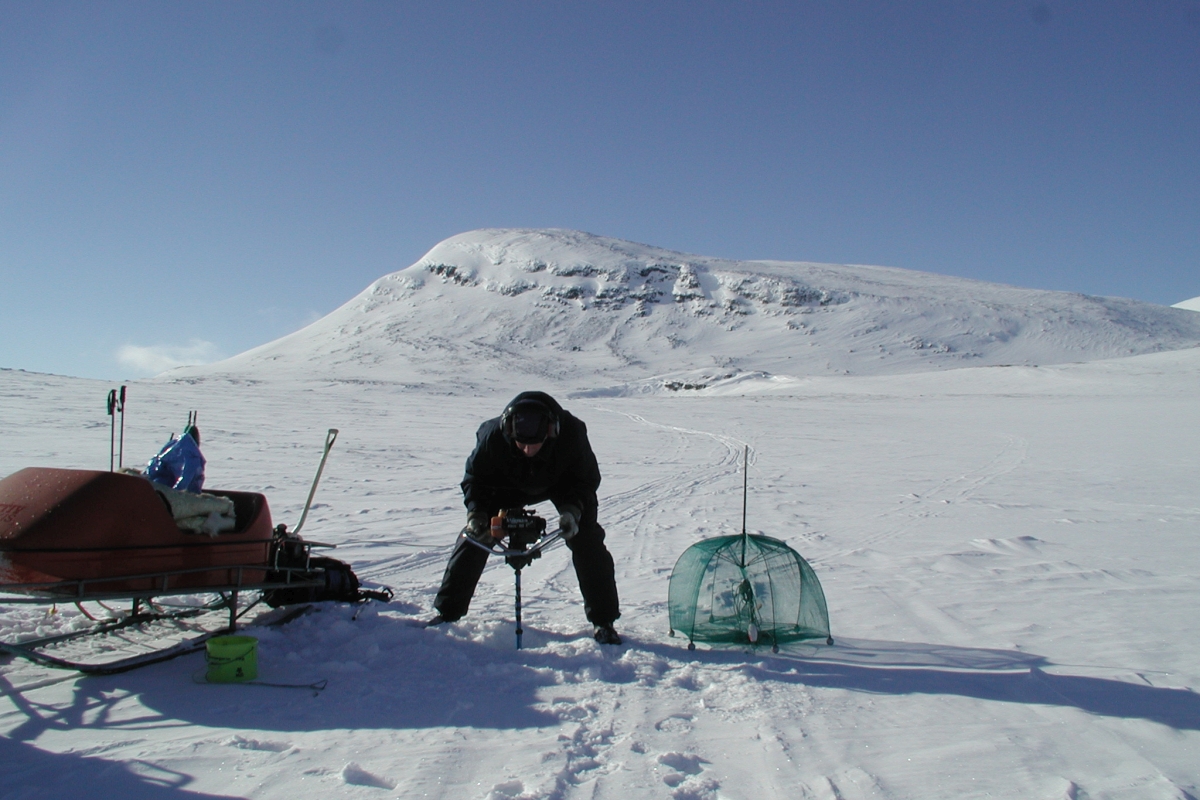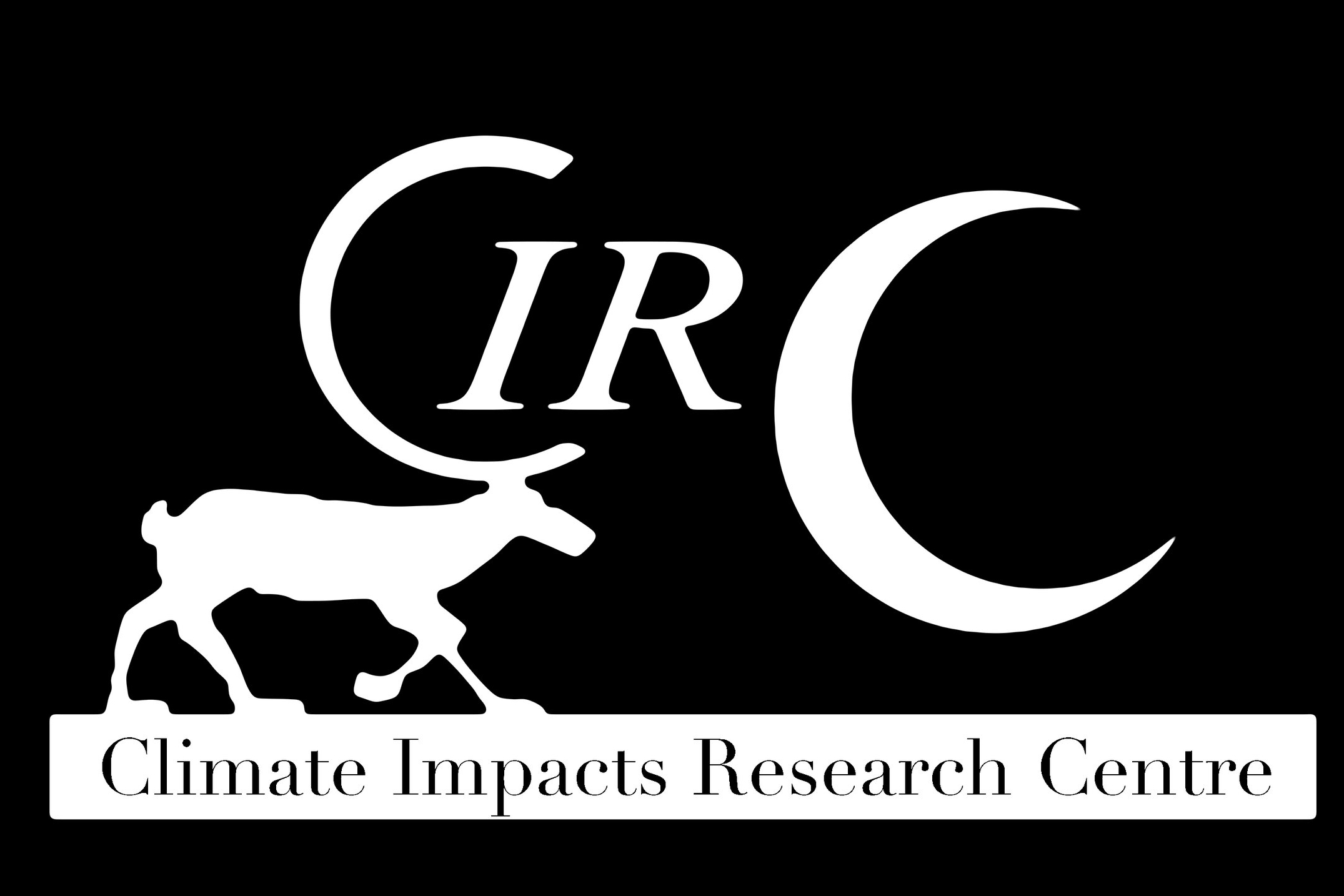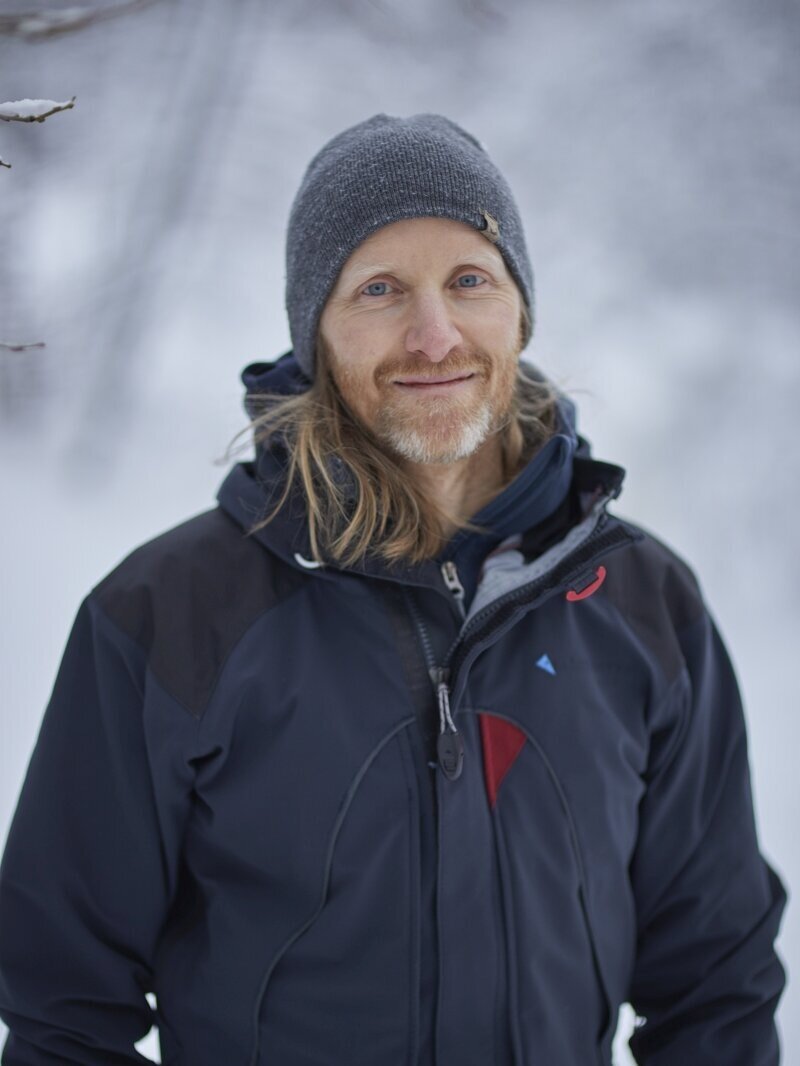
Jan Karlsson
(Professor)
Climate Impacts Research Centre
Department of Ecology and Environmental Sciences
Email: jan.p.karlsson@umu.se
ORCID iD: 0000-0001-5730-0694
Research Summary
My research focus is on impacts of climate change on the biogeochemistry and ecology of high latitude aquatic ecosystems. The studies integrate abiotic (chemical and physical) and biotic factors and processes with special emphasis on distinguishing between direct (mainly temperature) and indirect (via changes in catchment export of matter) climate impacts and between short and long-term effects. Part of the research study the magnitude and control of greenhouse gas (carbon dioxide, methane) exchange and carbon burial in aquatic systems, and its quantitative importance in comparison with other carbon fluxes in the landscape. Another part of the research study the control of productivity and resources use in food webs, from the base of the food web (bacteria and algae), via intermediate consumers (zoobenthos, zooplankton) to top consumers (fish). The research includes mainly boreal-arctic lakes and streams/rivers and is based on comparative studies along climate and permafrost gradients and experimental studies where different environmental stressors are manipulated.
Current Projects
Using field data and modeling we test the hypothesis that greenhouse gas emission, carbon burial in sediments, and carbon export downstream vary depending on the climatic conditions and the structure of the water network.
The project aims to fill significant gaps in our knowledge of how lake ecosystems function at large-scales for understanding how climate will respond to the projected anthropogenic forcings.
Streams are sensitive sentinels for environmental change by their integration of processes in terrestrial and aquatic systems. Upland headwater streams in the north Swedish tundra show seasonally exceptional high concentrations of uncolored dissolved organic carbon (DOC) and high carbon dioxide concentrations.
The Limnology and Oceanography Research Exchange (LOREX) is a formal training and professional development program in international research collaboration in the aquatic sciences offered by the Association for the Sciences of Limnology and Oceanography (ASLO).
This project brings together new tools and concepts in biogeochemistry and ecology, with the aims of understanding and predicting the effects of climate change on the delivery of two major ecosystem services, fish production and the net greenhouse gas balance of Northern lakes.
The purpose of this study is to improve knowledge and monitoring of climate impacts on Arctic lakes. Specific aims include to quantify and provide threshold variables for climate change-induced regime shifts in fish resource use and production, and to develop tools and guidelines to be used in monitoring programs.
The core of the project is made up of (i) comparative studies of lakes across gradients in temperature and precipitation and (ii) large-scale experimental test of responses in C emission and burial to increases in temperature and precipitation/runoff.
This interdisciplinary project link expertise in aquatic biogeochemistry, hydrology and permafrost dynamics with the aim to improve the knowledge of the role of high latitude inland waters in emitting C to atmosphere and in exporting C to downstream coastal regions and how this varies between different climate regimes.
In this project, we will synthesize the available data from Torneträsk in Northern Sweden and Kangerlussuaq in south-west Greenland using novel statistical approaches to understand the key drivers of ecological changes at a range of timescales.
This project will provide the first quantification of both spatial and temporal variations in permafrost groundwater discharge (PGD) and its importance for both the C cycle and the quality of surface waters.
My Research in the News
PhD Students and Post-doctoral Researchers
My research will focus on carbon emissions from whole networks of lakes and streams – How will carbon emission and export from one system affect the emissions from downstream located systems? Is the network structure of importance for whole system emissions and its response to ongoing climate change?
Images
Jan Karlsson’s Publications
View on DiVA or Google Scholar




